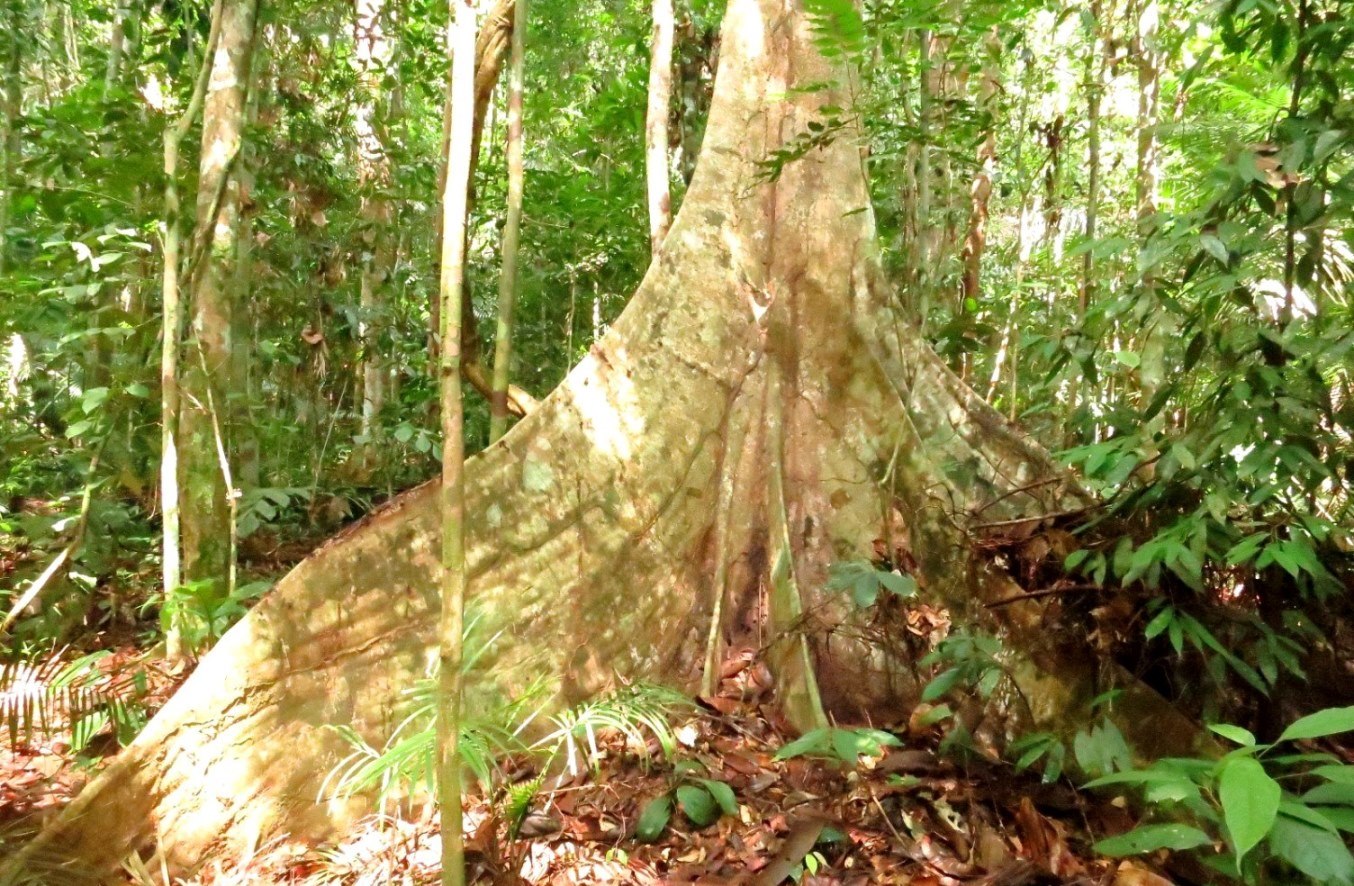- A recent tech-based event offered the extensive experience of three panelists on the frontlines of applying technology to conserve a key ecosystem.
- Directors of Global Forest Watch, Rainforest Connection, and Protected Seas discussed how technology’s role expands, as its precision, reach, and cost-effectiveness continue to improve.
- Panelists stressed the need for technology to connect people to each other and to the species and ecosystems in need of conservation support.
- Nevertheless, the panelists agreed, information is not enough; achieving conservation outcomes requires “accounting for the human factor” in maintaining transparency and good governance.
Can technology drive conservation?
That was the question Mongabay founder Rhett Butler recently posed to a panel of three specialists on the frontlines of applying technology to conserve key species and ecosystems.
On September 27, 2017, Mongabay and the Commonwealth Club of California hosted the panel, who discussed with a full-house audience in San Francisco the possibilities for advanced technology to aid conservation efforts worldwide.
Butler moderated the panel, which consisted of Crystal Davis, director of Global Forest Watch, Topher White, founder and CEO of Rainforest Connection, and Virgil Zetterlind, director of Protected Seas and Chief Technology Officer for Conserve I.O.
The panelists provided an overview of technology’s potential to support conservation efforts, some of the conditions that enable technology to play this role effectively, and other factors that may affect its application to conservation action. Watch the full event video here:
Tech continues to be important
The panelists agreed that technology will likely play an increasingly larger role in conserving biodiversity.
Global Forest Watch, for example, compiles and regularly updates tree cover data for the whole world using satellite imagery made freely available by the U.S. space agency NASA, combined with novel processing algorithms and online analysis tools.
Davis highlighted the ever-increasing potential of technology to improve conservation outcomes, remarking, “The algorithms are getting smarter, the satellite imagery is becoming more precise, and more and more people around the world are getting connected and so are able to access this information.”
Zetterlind’s NGO, Protected Seas, applies technology to practical ocean conservation, such as contributing to Whale Alert, NOAA’s program for reducing ship strikes of right whales, and developing an interactive mapping app of marine protected areas, mpa.protectedseas.net.
In some cases, such as with right whales, said Zetterlind, for technology to make a conservation impact, it must help us “first understand the basics [of] how many right whales are there, where do they live, how do they use the habitats where they live, so that we can learn how to minimize our human impact on their mortality.” The Whale Alert app allows anyone to log whale sightings, providing whale managers with real-time information on the distribution of whale populations that can improve management.

Tech needs to connect
White agreed that, in today’s ever-more connected world, technology must help bring together people and key conservation issues. His Rainforest Connection startup repurposes used mobile phones, paired with solar panels and placed high in trees, to record sounds of wildlife and human activity (e.g. chainsaws) in protected rainforest sites. Specifically, White pointed out, technology helps link on-the-ground forest guardians with the rest of the world, where people are more concerned with what’s happening right now than long-term effects of human actions, even those that harm the world around us.
“If we can take what’s happening in these really remote places and turn it into a real-time connection to people around the world,” he said, “there’s a chance of making them feel like it’s not so abstract and really try to garner their interest around it. And that interest, in and of itself, can have a really big effect on the morale and the effectiveness, and, honestly, the longevity, of these people out there protecting these areas.”
All three panelists’ organizations promote their technologies primarily through local partners, including indigenous groups, fishing communities, protected areas, and NGOs. The speakers agreed that making technology easy to use—through free access, low cost, and intuitive interfaces—was critical to putting it in the hands of the public, specifically people in the field who can combine it with direct experience.

Information is not enough
Nevertheless, the panelists agreed, generating more information does not necessarily translate to effective conservation. They emphasized the importance of transparency and good governance in ensuring that the adoption of any technology does, indeed, help to conserve the target resource, whether that be forests or fish.
“Even if you have perfect information and perfect technology, you still need humans to take an action that will be positive for forests,” said Davis.
She explained that some government users of Global Forest Watch face corruption challenges that prevent them from directly confronting logging or agricultural firms that are harvesting illegally.
Zetterlind mentioned that transparency and proper incentives in implementing technology are particularly important where enforcers are carrying out some of the illegal fishing. Even with surveillance technology, he added, “a key to technology success is accounting for the human factor from the beginning…and to make sure we’re providing a tool that really addresses the local need.”
His group’s Marine Monitor, a radar-plus-software system designed to monitor boats around marine protected areas, must address, “the negative perception of this radar as it’s, you know, tattletaling on my friends who are doing illegal fishing, but can this radar also provide safety to these boaters and bad weather or other circumstances…are there other tangible benefits [of our technologies] to a community?”
The panelists also answered questions about data availability, collaboration, and ways tech developers can help. You can hear the entire discussion via the full event video here.

